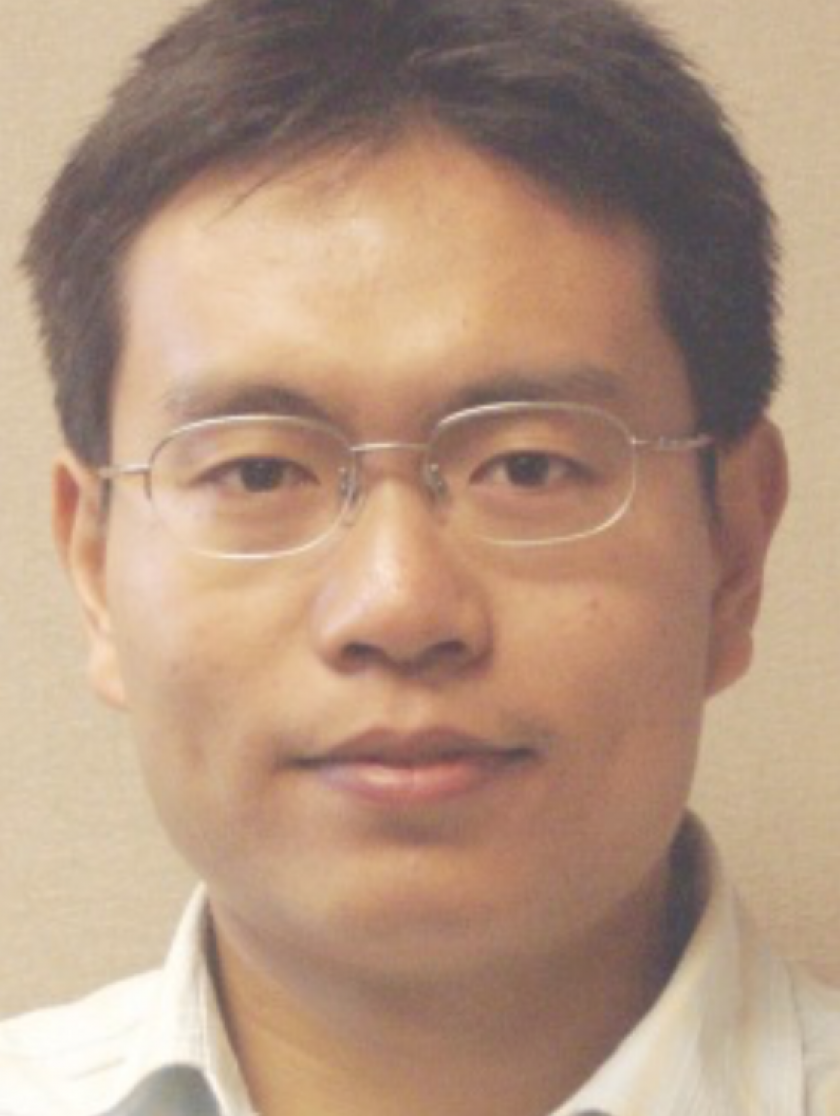Abstract
Acquiring all the information carried by a light beam or a single photon is crucial for fundamental studies of information science as well as many applications of light at both quantum and classical level. In this talk, I will present some recent work on addressing the challenges of efficiently characterizing high-dimensional structured light with example applications in secure communication and imaging.
I will first present a family of direct tomography protocols that can characterize various types of structured light or high-dimensional photon states. In specific, we show direct tomography approaches that can measure high-dimensional spatial modes, spatial vector modes and partially-coherent modes. In direct tomography methods, the measurement readouts directly correspond to the complex-valued state vector or other quantities that describe the quantum system to be measured, and therefore can significantly reduce the complexity of tomography procedures for high-dimensional states. Moreover, we show that it is possible to design the tomography protocol such that all the information needed to describe the photon states can be acquired in a single experimental setup without any need of scanning. This is particularly interesting for real-time metrology of both quantum and classical photon states.
While these direct metrology techniques are developed first in the context of quantum information science, they also have direct implications in classical applications such as quantitative phase imaging and communication. I will present a self-interference polarization holographic imaging (Si-Phi) method that can essentially capture both the position and momentum information of light and consequently can lead to the reconstruction of a 3-D incoherent scene in a single shot. I will also show some recent results of using structured light for free-space communication applications that are resilient to atmospheric turbulence. At last, I will address how functional optical metamaterials can fit into the development of next generation of photonic technologies.
Bio
Zhimin Shi received his Ph.D. degree in Optics from the University of Rochester in 2011. Before that, he received his Bachelor and M.S. degree in Optical Engineering, both with honors, from Zhejiang University in 2001 and 2004, respectively. Dr. Shi is currently holding the position of Assistant Professor at the Department of Physics, The University of South Florida. His research interest falls in the general area of nonlinear quantum photonics. His recent research topics include quantum state metrology, imaging and communication with structured light, quantum information science, slow and fast light, metamaterials, nonlinear plasmonics, and optical techniques using nonclassical nature of light.


